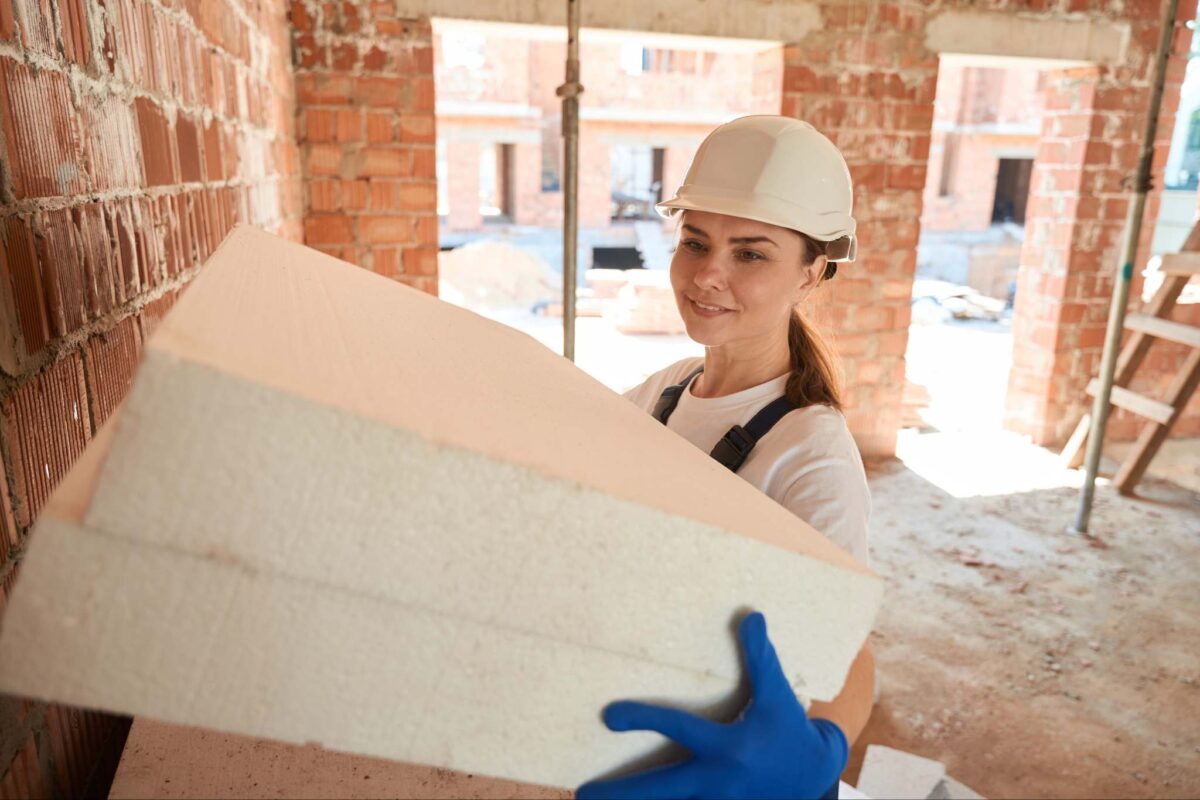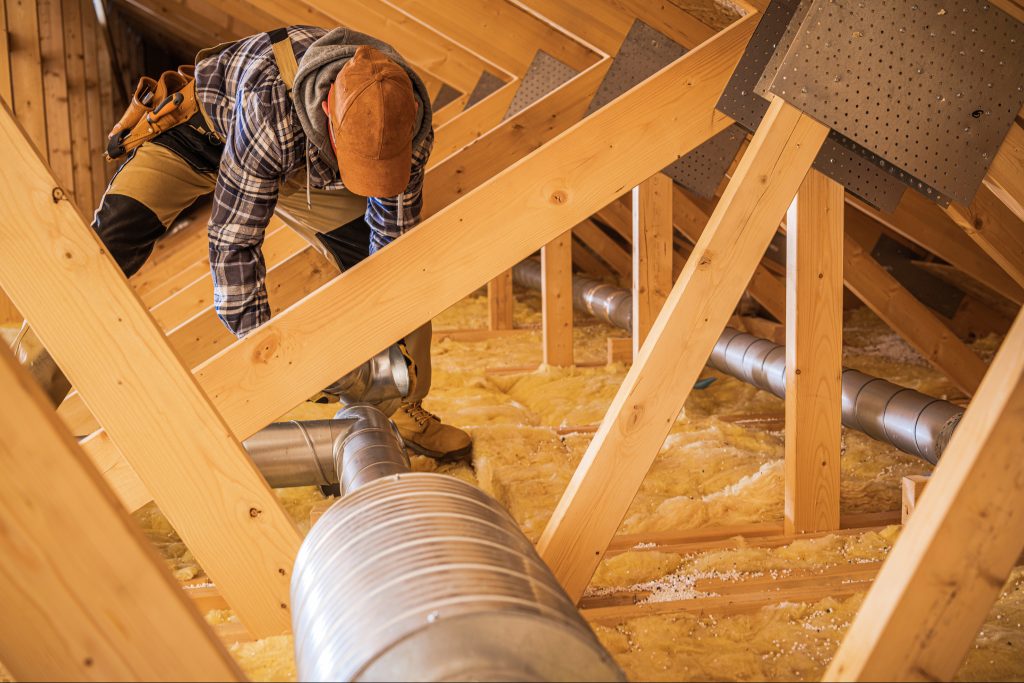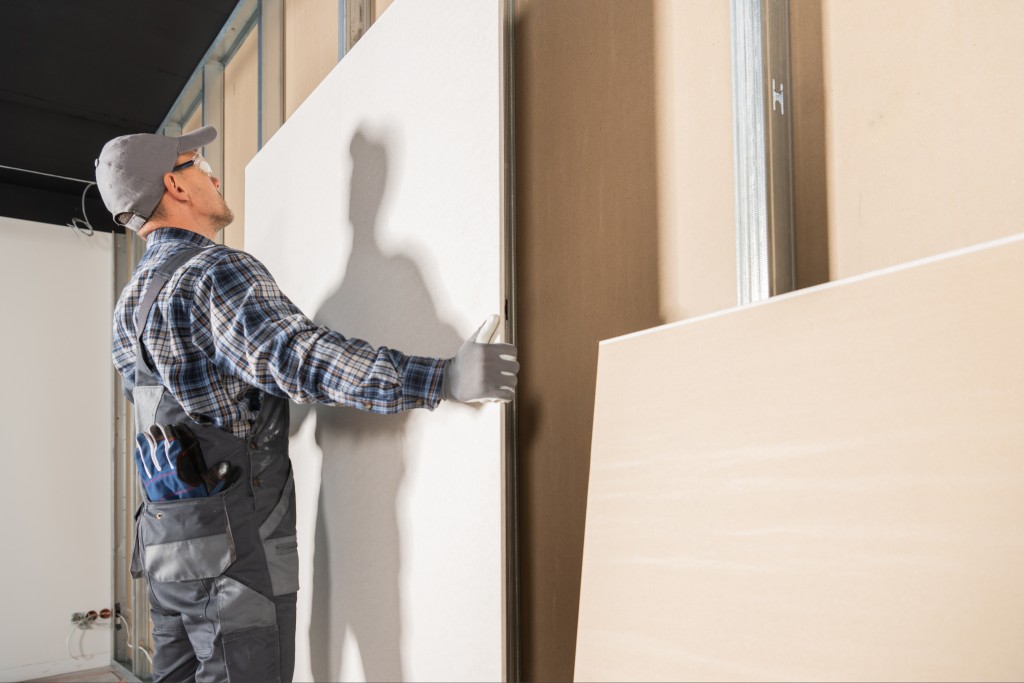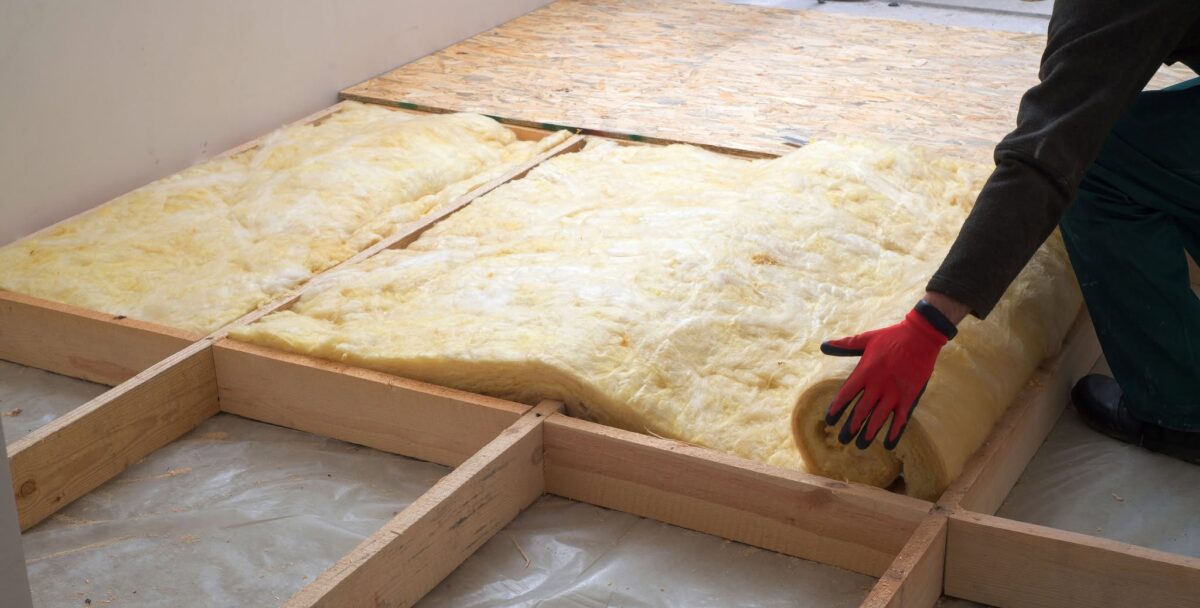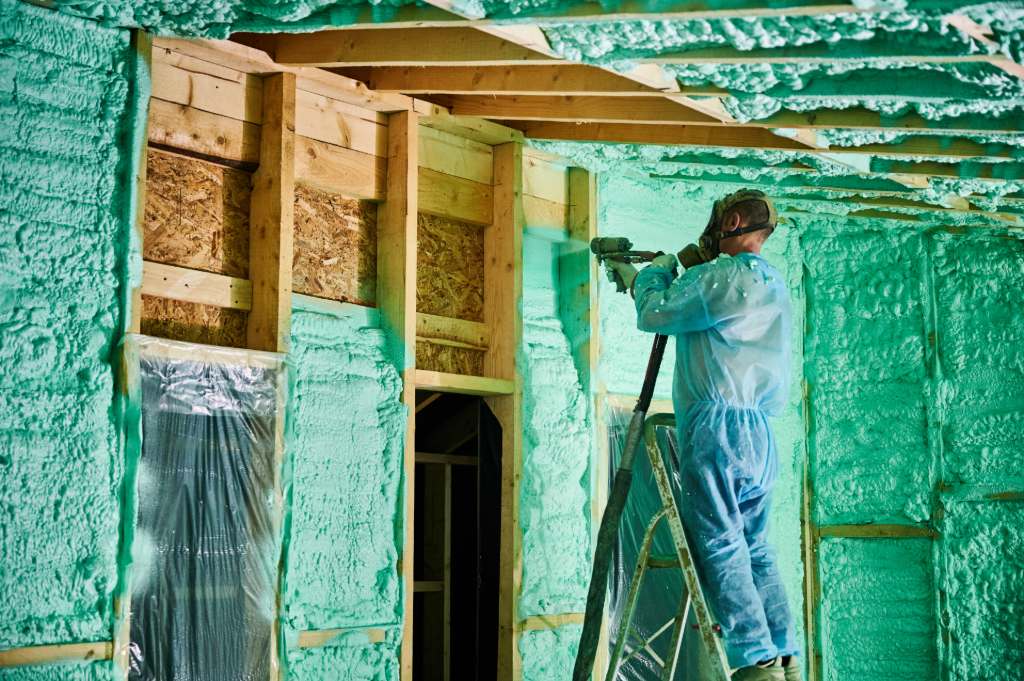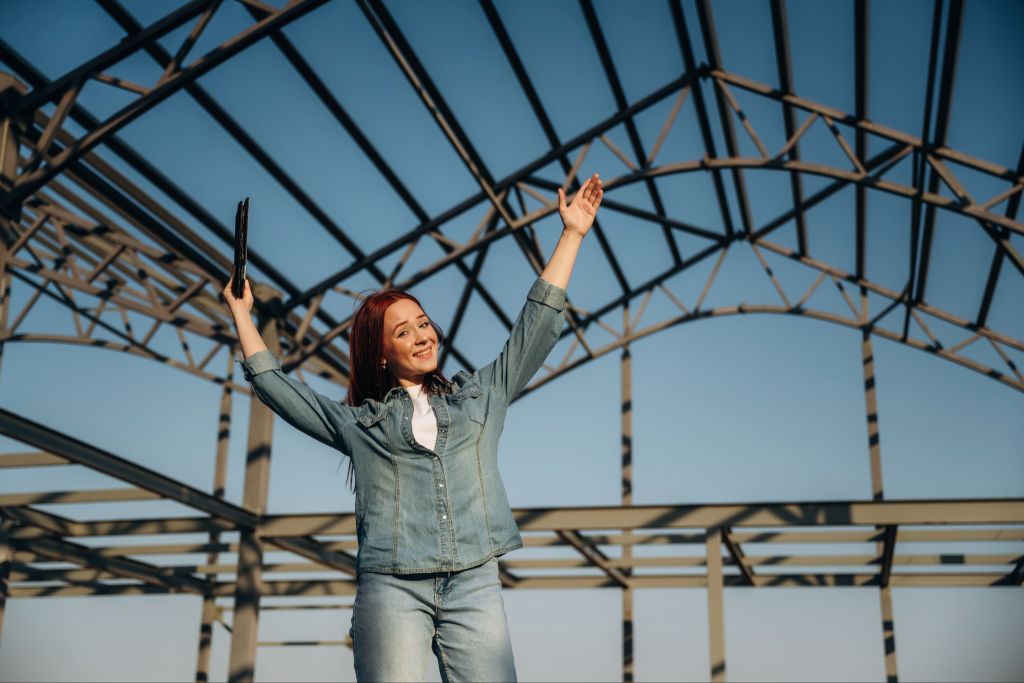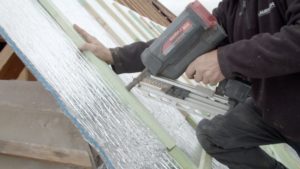Cost-Effective Insulation: Quattro vs. Traditional Options
Choosing the right insulation is essential for improving energy efficiency, reducing operational costs, and maintaining a comfortable indoor environment. However, not all insulation materials offer the same balance of affordability and performance. Many commercial property developers, architects, and facility managers seek cost-effective insulation solutions that provide superior thermal protection without inflating project budgets.
Quattro’s reflective vapor barrier insulation stands out as an innovative and cost-effective insulation alternative to traditional options like fiberglass, spray foam, and rigid board insulation. Let’s compare Quattro to conventional materials, highlighting its advantages in terms of price, installation, durability, and energy efficiency.
What Makes Insulation Cost-Effective?
The initial price of insulation materials is only one part of the cost equation. True, cost-effective insulation provides long-term value by delivering superior energy efficiency, ease of installation, durability, and minimal maintenance. When evaluating insulation options, consider the following:
- Upfront Material Costs – The price per square foot of the insulation material.
- Installation Expenses – Labor and time required for proper installation.
- Energy Savings – Reduction in heating and cooling costs over time.
- Durability & Maintenance – How long the insulation lasts before replacement or repairs are needed.
Quattro’s reflective vapor barrier insulation excels in all these areas, offering a competitive advantage over traditional insulation materials.
Quattro vs. Traditional Insulation: A Cost Comparison
1. Quattro Reflective Vapor Barrier Insulation
Quattro’s insulation is designed to provide thermal resistance while reflecting radiant heat. It combines energy efficiency with moisture control, making it a highly cost-effective insulation choice for commercial buildings, metal structures, and industrial applications.
Benefits:
- Affordable material costs compared to high-end insulation like spray foam.
- Lightweight and easy to install, reducing labor costs.
- Reflective technology lowers energy bills by reducing heat transfer.
- Built-in vapor barrier prevents moisture buildup, reducing potential maintenance costs.
Cost-Effectiveness:
- Material Cost: Moderate
- Installation Cost: Low (easy installation reduces labor expenses)
- Energy Savings: High (reflective insulation reduces HVAC strain)
- Lifespan: Long-lasting with minimal degradation
2. Fiberglass Insulation
Fiberglass batts and rolls are among the most widely used insulation types due to their affordability and availability. However, their cost-effectiveness depends on proper installation and long-term durability.
Benefits:
- Low upfront material costs.
- Readily available for most commercial and industrial projects.
- Provides moderate thermal resistance.
Challenges:
- Requires precise installation to avoid gaps that reduce effectiveness.
- Can degrade over time, requiring replacement.
- Offers little moisture resistance, increasing the risk of mold in humid environments.
Cost-Effectiveness:
- Material Cost: Low
- Installation Cost: Moderate (installation requires expertise to avoid inefficiencies)
- Energy Savings: Moderate (gaps and air leaks reduce performance over time)
- Lifespan: Shorter than other materials, requiring maintenance or replacement
3. Spray Foam Insulation
Spray foam insulation provides excellent air sealing and high R-value per inch, making it a strong choice for energy efficiency. However, its high cost makes it less appealing for budget-conscious projects.
Benefits:
- High R-value for better thermal resistance.
- Expands to fill gaps, which can improve energy efficiency.
- Reduces air infiltration, lowering heating and cooling costs.
Challenges:
- One of the most expensive insulation options.
- Requires professional installation, increasing labor costs.
- Can break down over time and require touch-ups.
Cost-Effectiveness:
- Material Cost: High
- Installation Cost: High (requires professional equipment and expertise)
- Energy Savings: High (reduces air leaks, lowering HVAC costs)
- Lifespan: Long, but repairs may be needed in areas of degradation
4. Rigid Foam Board Insulation
Rigid foam boards like extruded polystyrene (XPS) and polyisocyanurate provide thermal resistance and moisture protection, but they can be costly and require precise cutting for installation.
Benefits:
- High R-value per inch.
- Resists moisture in humid environments.
- Durable and long-lasting.
Challenges:
- Requires specialized installation techniques.
- Can be difficult to retrofit into existing buildings.
Cost-Effectiveness:
- Material Cost: Moderate to high
- Installation Cost: Moderate (cutting and fitting boards can be labor-intensive)
- Energy Savings: High (prevents heat transfer effectively)
- Lifespan: Long-lasting and durable
Why Quattro Is the Best Cost-Effective Insulation Solution
After comparing Quattro to traditional insulation materials, it’s clear that it offers the best balance of affordability, energy efficiency, and ease of installation.
Material & Installation Costs
Quattro’s reflective insulation is more affordable than spray foam or rigid foam and offers comparable energy savings. Additionally, its lightweight design reduces labor and installation costs.
Energy Savings
While fiberglass relies on trapping air, Quattro’s reflective technology actively repels radiant heat, improving temperature stability. Reduced HVAC strain also means long-term savings on energy and costly maintenance.
Moisture Protection
While fiberglass absorbs moisture, Quattro includes a vapor barrier, preventing mold and structural damage that can be costly over time.
Durability
Quattro’s durable construction ensures it maintains its effectiveness for years, making it a cost-effective investment. Unlike spray foam, which can degrade and require touch-ups, Quattro’s reflective barrier remains intact.
Quattro Delivers Cost-Effective Insulation Without Compromise
When considering cost-effective insulation, you should always look beyond just upfront costs and assess the long-term benefits. Traditional options like fiberglass, spray foam, and rigid foam boards each have their advantages, but Quattro’s reflective vapor barrier insulation goes beyond these for a better solution.
With a combination of affordability, energy efficiency, ease of installation, and moisture resistance, Quattro provides a cost-effective insulation choice for commercial and industrial buildings. Whether you’re constructing a new facility or retrofitting an existing structure, Quattro helps maximize energy savings while minimizing expenses.
Contact us today to learn more about how Quattro can improve your building’s insulation and efficiency while keeping costs under control.


